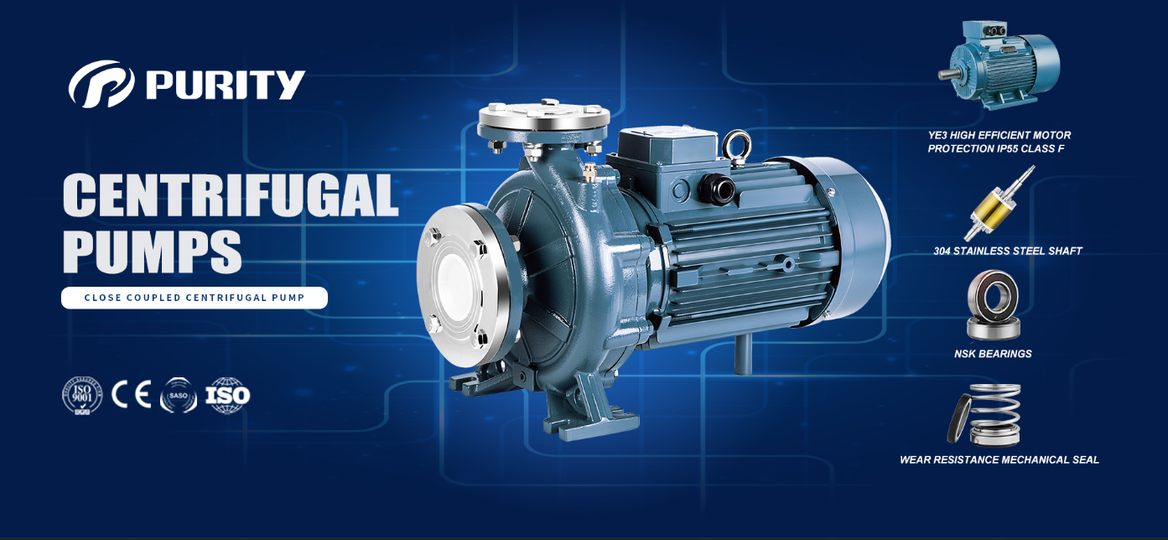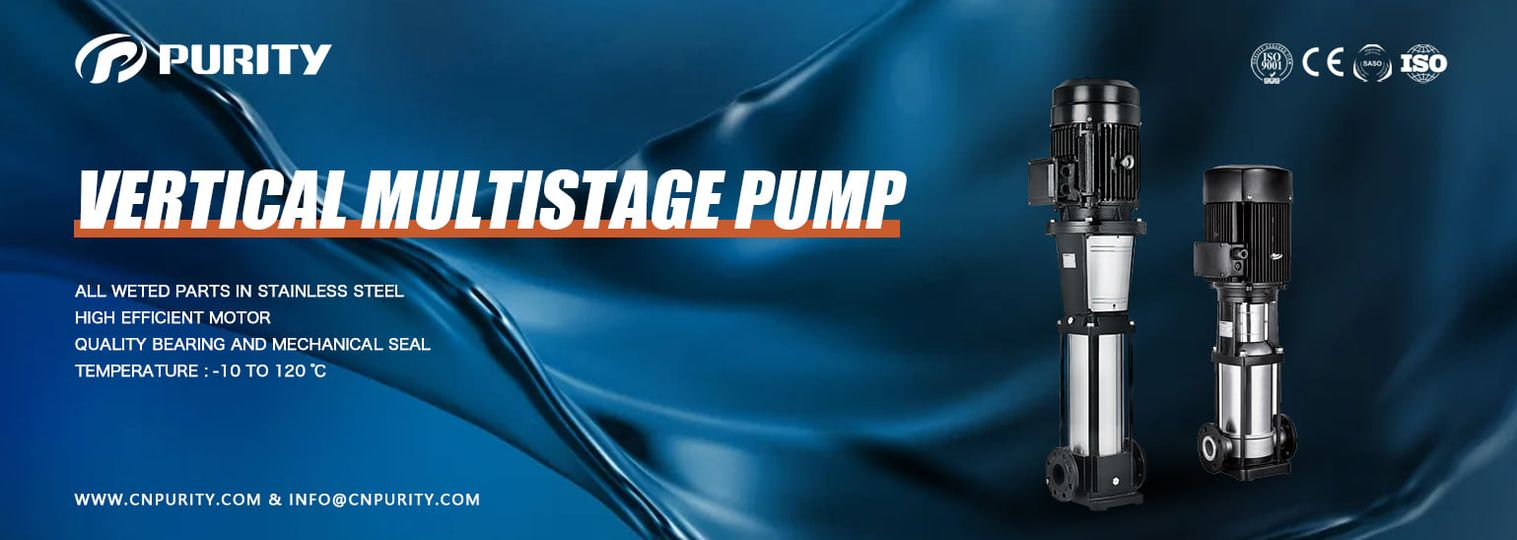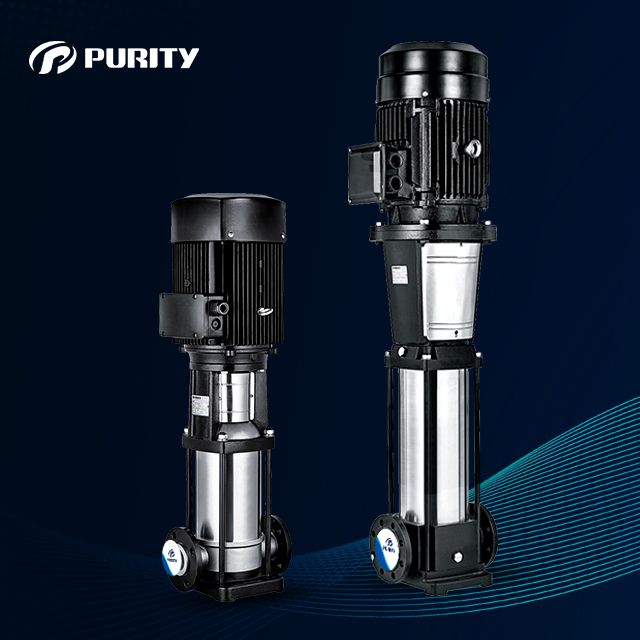Centrifugal pumps are crucial in a variety of industrial and commercial applications, and selecting the right type can significantly impact performance and efficiency. Among the most common types are single stage centrifugal pump and multistage centrifugal pump. While both are designed to transfer fluids, they differ significantly in their construction and performance characteristics. Understanding these differences is essential for choosing the appropriate pump for your needs.
 Figure| Purity Single Stage Centrifugal Pump PST
Figure| Purity Single Stage Centrifugal Pump PST
1.Maximum Head Capacity
One of the primary distinctions between single stage centrifugal pump and multistage centrifugal pumps is their maximum head capacity.
Single stage centrifugal pump, as the name suggests, feature only one impeller stage. They are designed to handle head capacities up to approximately 125 meters. This makes them suitable for applications where the required pumping height is relatively modest, such as in low-pressure water supply systems or industrial processes with limited vertical lift requirements.
In contrast, multistage centrifugal pump is equipped with multiple impellers arranged in series. This configuration allows them to achieve much higher head capacities, often exceeding 125 meters. Each stage contributes to the total head, enabling these pumps to handle more demanding applications where significant vertical lift is required. For instance, multistage pumps are commonly used in high-rise building water supply systems, deep well pumping, and other scenarios where substantial pressure is needed to overcome elevation challenges.
 Figure| Purity Multistage Centrifugal Pump PVT
Figure| Purity Multistage Centrifugal Pump PVT
2.Number of Stages
The number of stages in a pump directly affects its performance capabilities. Single stage centrifugal pump consists of a single impeller and volute casing. This design is straightforward and efficient for handling applications with moderate head requirements. The simplicity of single stage centrifugal pump often translates to lower initial costs and reduced maintenance needs.
On the other hand, multistage pump incorporates multiple impellers, each within its own stage. These additional stages are necessary to generate the higher pressures required for more demanding applications. The stages are arranged sequentially, with each impeller boosting the pressure generated by the previous one. While this results in a more complex design, it significantly enhances the pump’s ability to achieve higher pressures and handle challenging conditions.
3. Impeller Quantity
Another important difference between single stage and multistage pump is the number of impellers.
Single stage centrifugal pump features a single impeller that drives the fluid through the pump. This configuration is suitable for applications with relatively low head requirements, where the single impeller can effectively manage the fluid flow and pressure.
In contrast, multistage pump is equipped with two or more impellers. Each impeller increases the pressure of the fluid as it passes through the pump, with the cumulative effect resulting in higher overall head capacity. For example, if a single stage centrifugal pump is used for applications requiring a head of 125 meters or less, a multistage pump would be the preferred choice for any application exceeding this height.
Which one is better?
This is mainly determined by actual use needs. According to the head height, choose a double-suction pump or a multistage pump. The efficiency of a multistage centrifugal water pump is lower than that of a single stage centrifugal pump. If both single stage and multistage pumps can be used, the first choice is a single stage centrifugal pump. If a single stage and double-suction pump can meet the needs, try to use a single stage pump. Multistage pumps have a complex structure, many spare parts, high installation requirements, and are difficult to maintain.
Post time: Aug-22-2024



